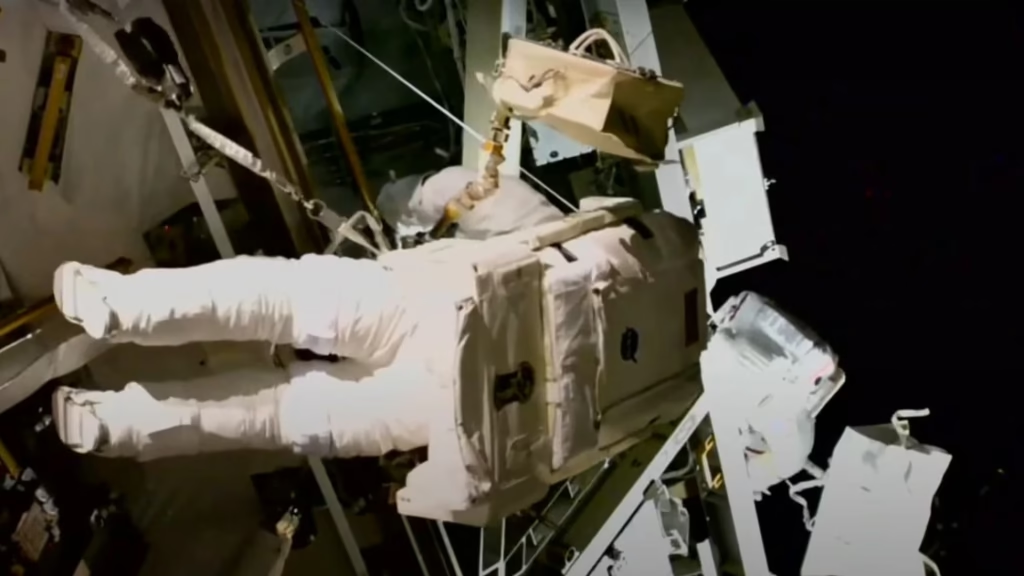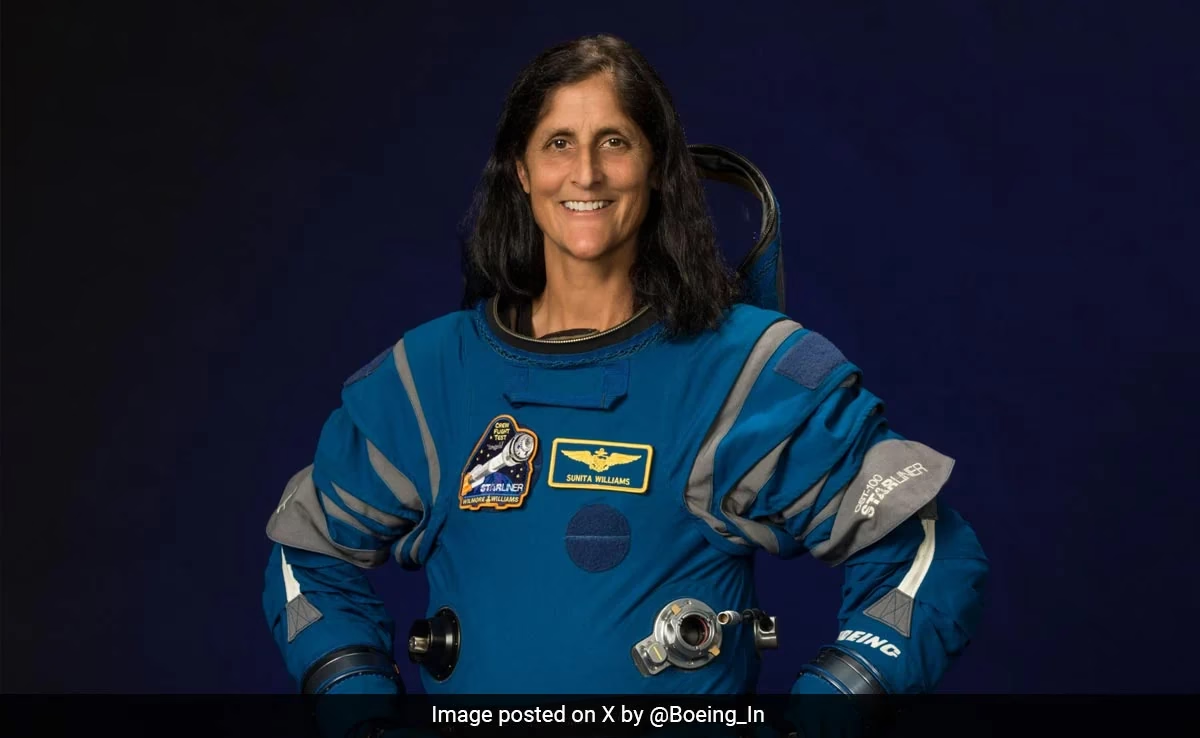Few names shine as brightly in the annals of space exploration as Sunita Williams. A veteran NASA astronaut, retired U.S. Navy Captain, and a symbol of perseverance, Williams has carved a legacy through her groundbreaking missions, relentless spirit, and dedication to advancing human knowledge. From her early days in Massachusetts to her current extended stay aboard the International Space Station (ISS), her journey is a testament to ambition, resilience, and the pursuit of excellence.
In this comprehensive blog post, we dive into Sunita Williams’ extraordinary career, her milestones, and the indelible mark she continues to leave on space exploration.
Early Life and Education: The Foundation of a Star
Born on September 19, 1965, in Euclid, Ohio, Sunita Lyn Williams was raised in Needham, Massachusetts. Her parents, Dr. Deepak Pandya and Bonnie Pandya, instilled in her a love for science and adventure. Excelling in academics and athletics, she graduated from Needham High School and later pursued a Bachelor of Science in Physical Science at the U.S. Naval Academy in 1987.
Her thirst for knowledge led her to earn a Master of Science in Engineering Management from the Florida Institute of Technology in 1995. This blend of technical expertise and leadership training laid the groundwork for her future roles in the military and NASA.
Military Career: Leadership in the Skies
Williams’ career began with her commission as a U.S. Navy Ensign in 1987. By 1989, she became a Naval Aviator, piloting helicopters during critical operations like Desert Shield and Provide Comfort. Her deployments across the Mediterranean, Red Sea, and Persian Gulf honed her problem-solving skills and resilience—qualities that later defined her space missions.
NASA Journey: From Astronaut Candidate to Space Icon

Selection and Training
In 1998, Sunita Williams was selected by NASA as an astronaut candidate. Her training included:
- Mastering the ISS robotic arm systems.
- Surviving underwater missions in the Aquarius habitat (NEEMO2).
- Collaborating with international teams in Russia.
Her adaptability and technical prowess earned her roles in key NASA projects, including the development of the Boeing CST-100 Starliner.
Historic Space Missions
Expedition 14/15 (2006–2007)
Williams’ first spaceflight launched on December 11, 2006, aboard the Space Shuttle Discovery. During her 195-day stay on the ISS, she:
- Conducted four spacewalks (29 hours total), setting a then-record for women.
- Ran the Boston Marathon on a treadmill, becoming the first person to complete a marathon in space.
- Served as a flight engineer and robotics operator.
Expedition 32/33 (2012)
During her second mission, Williams made history as the second female commander of the ISS. Highlights included:
- Three critical spacewalks to repair an ammonia leak (50+ hours outside the ISS).
- Advancing research in microbiology and fluid dynamics.
The Boeing Starliner Mission: A New Chapter
In June 2024, Williams piloted Boeing’s CST-100 Starliner during its first crewed test flight (CFT). This mission solidified her legacy:
- She became the first woman to pilot a maiden crewed orbital spacecraft.
- Technical issues with the Starliner’s service module extended her stay on the ISS, pushing her total time in space beyond 322 days—placing her among NASA’s top 12 astronauts for endurance.
As of March 2025, Williams remains aboard the ISS alongside Barry Wilmore, awaiting return via SpaceX’s Crew-9 mission.
Records and Achievements: Shattering Glass Ceilings
- Longest spaceflight by a woman: 195 days (2007).
- Most spacewalks by a woman: 7 (50+ hours).
- First female Starliner pilot: June 5, 2024.
- Second female ISS commander: 2012 and 2024.
Her accolades include the Navy Commendation Medal, NASA Space Exploration Medal, and India’s Padma Bhushan.
Life Aboard the ISS: Science, Leadership, and Innovation
During her current mission, Sunita Williams has:
- Led experiments on genetically engineered yeast for medical research.
- Tested the Astrobee robotic free-flyer for autonomous operations.
- Conducted maintenance on the ISS’s solar arrays.

Why Sunita Williams Inspires?
Leadership in Male-Dominated Fields
Williams’ success in the military and aerospace industries underscores the importance of diversity in STEM. Her journey inspires young women to pursue careers in science and technology.
Resilience in Adversity
From marathon running in microgravity to troubleshooting spacecraft issues, her ability to adapt under pressure offers lessons in perseverance.
Advocacy for Global Collaboration
Her work with international space agencies highlights the power of unity in tackling humanity’s biggest challenges.
How to Follow Sunita Williams’ Mission
Stay updated on her ISS activities through:
- NASA’s official blog and social media.
- Live streams of spacewalks and experiments.
- Documentaries like NASA’s Breaking Boundaries.
Conclusion: A Legacy Beyond the Stars
Sunita Williams embodies the spirit of exploration. Her contributions to robotics, space medicine, and engineering have expanded our understanding of the cosmos while paving the way for future astronauts. As she continues her mission aboard the ISS, the world watches in awe—a reminder that the sky is not the limit, but just the beginning.
Read about Bryan Johnson Ketamine Experiment.











